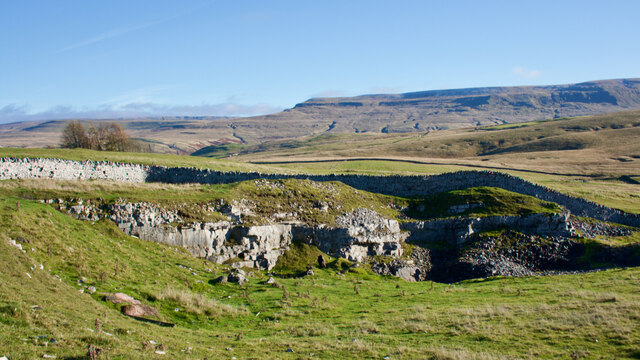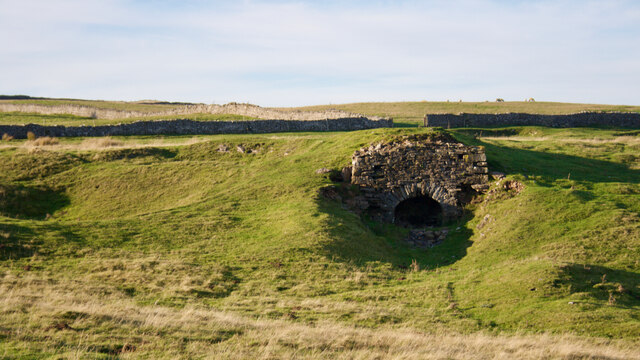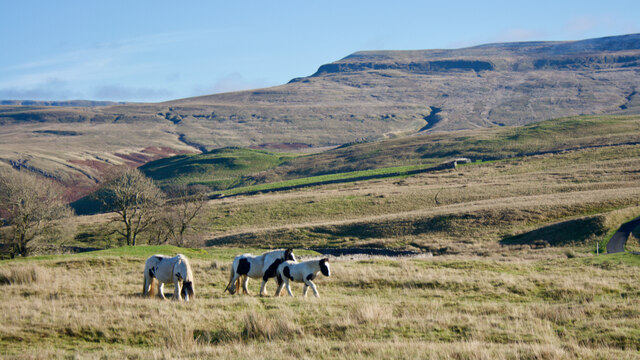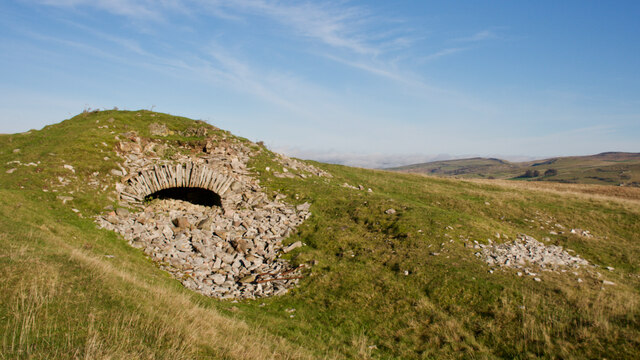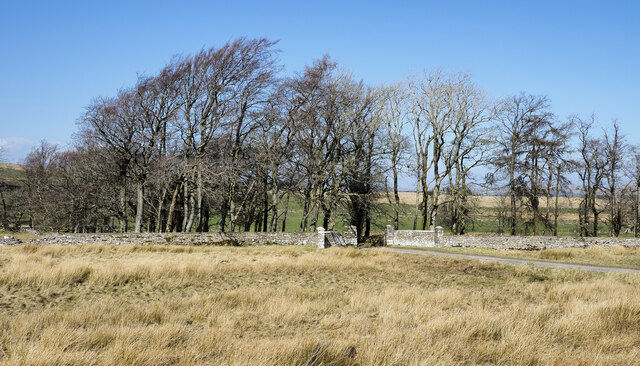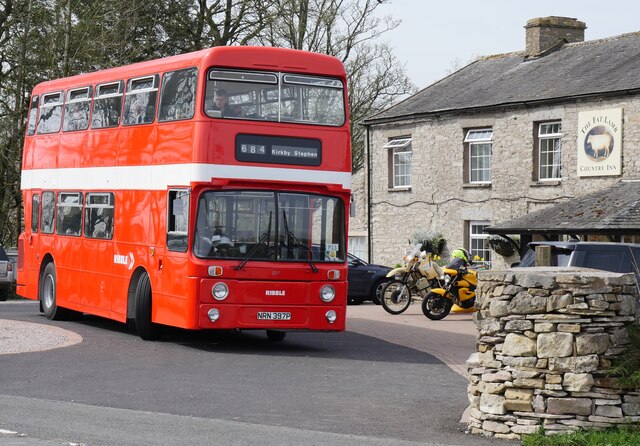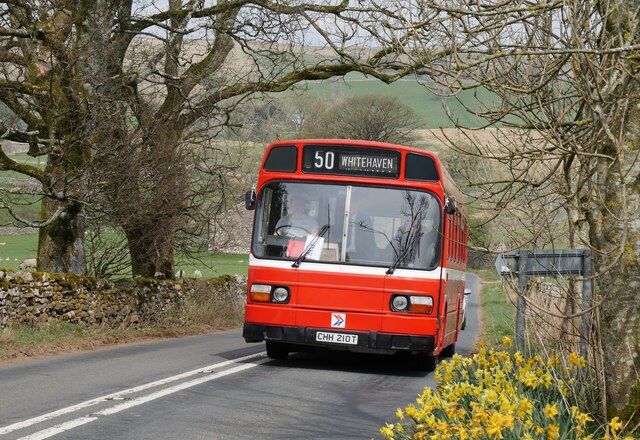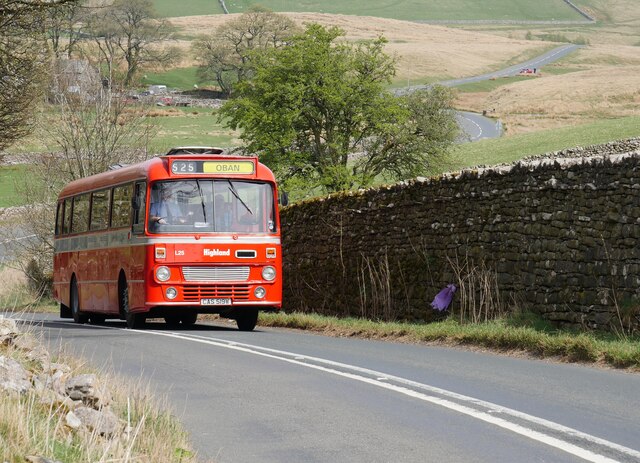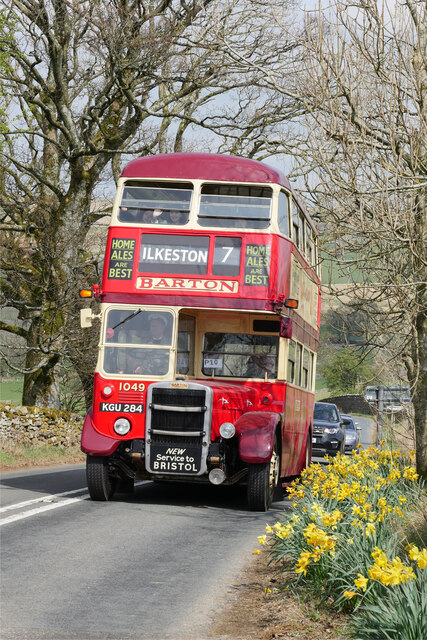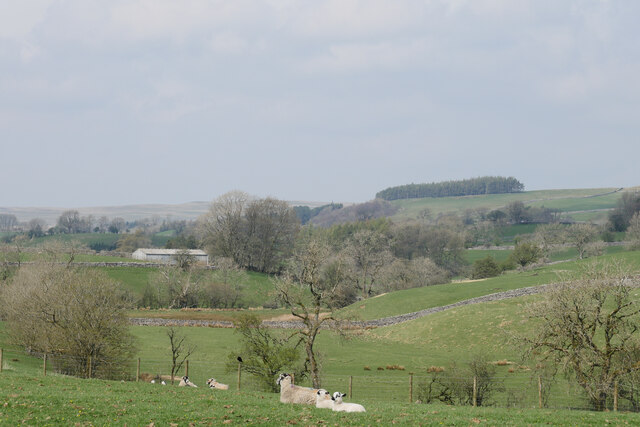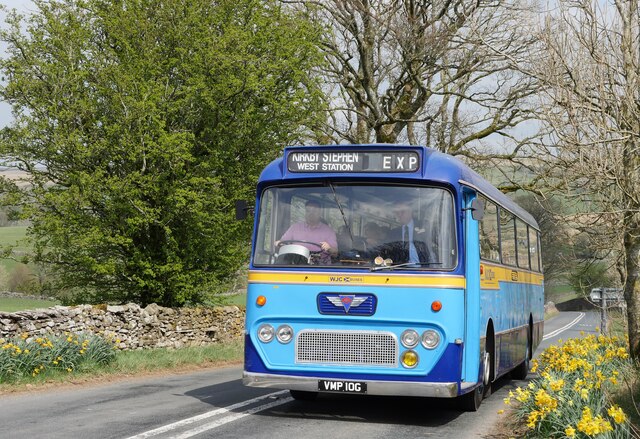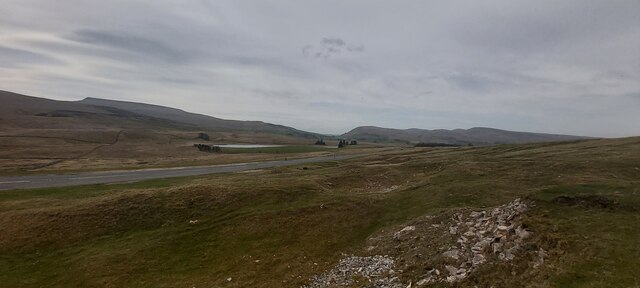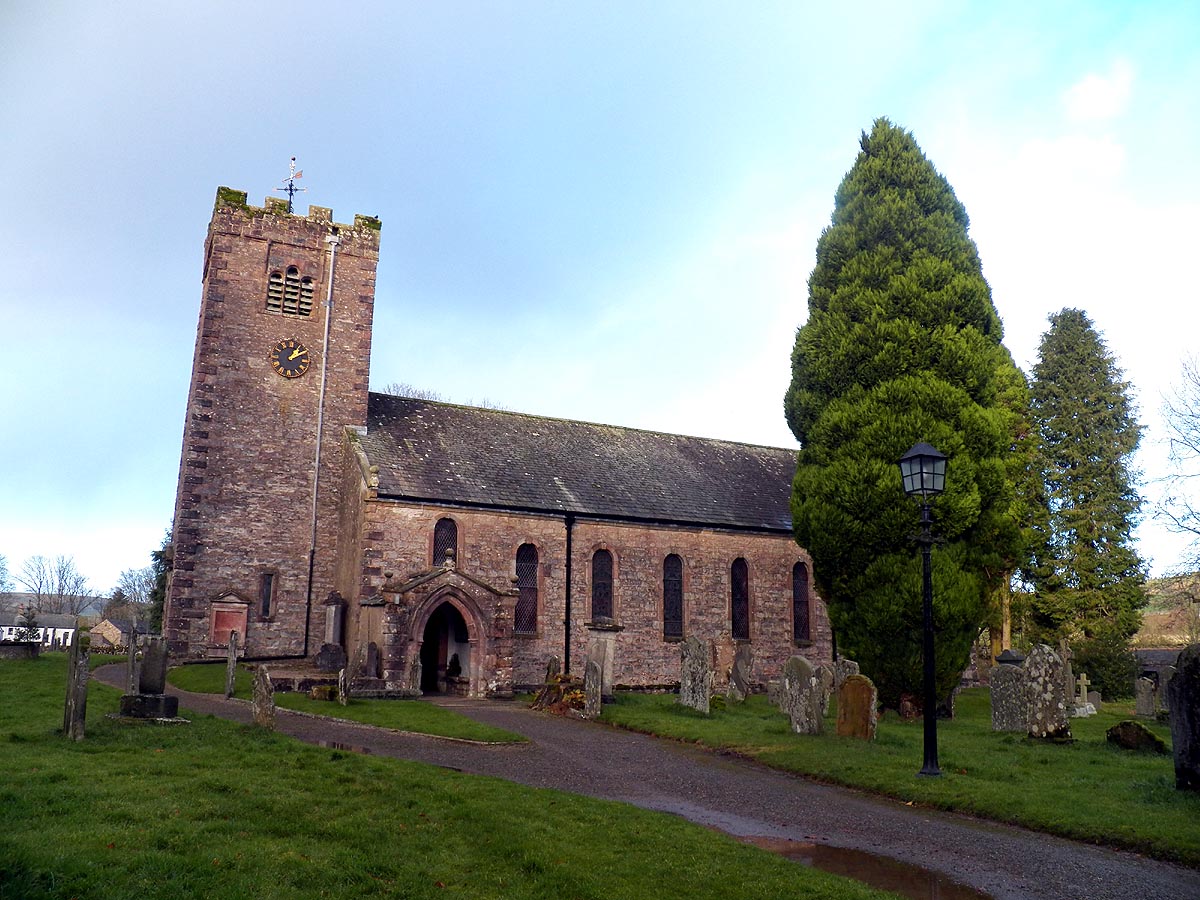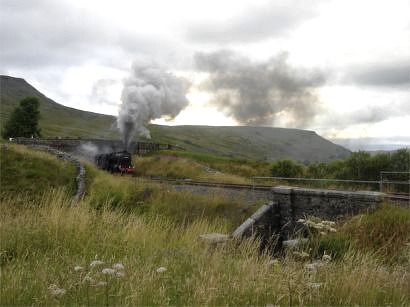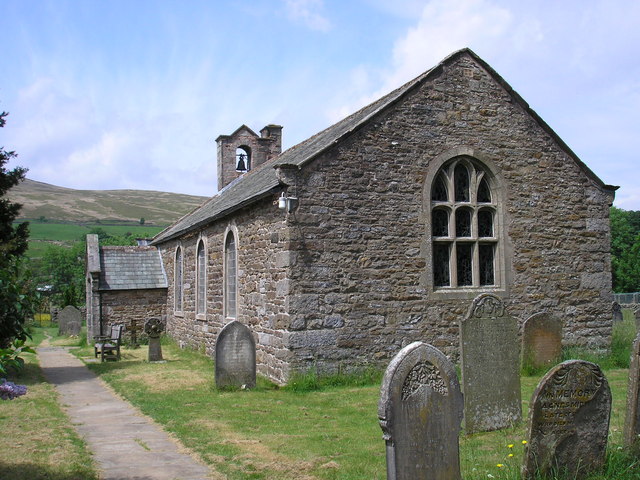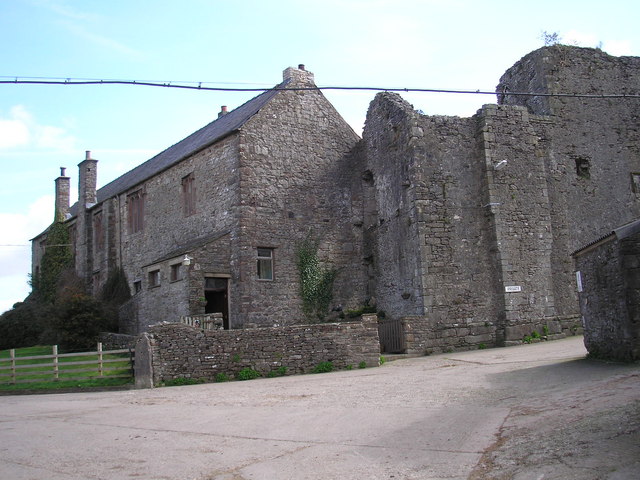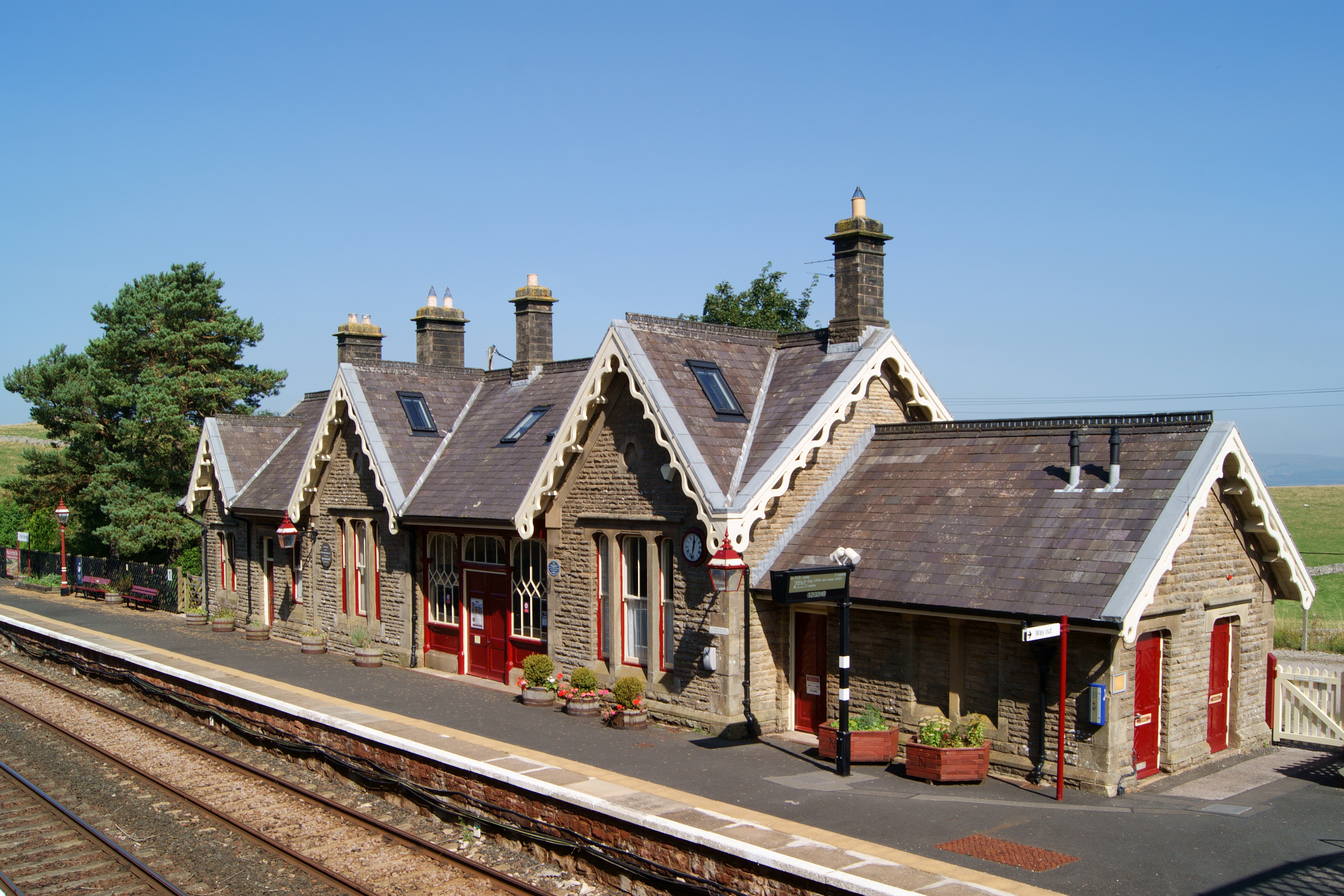Cook Mire
Coastal Marsh, Saltings in Westmorland Eden
England
Cook Mire
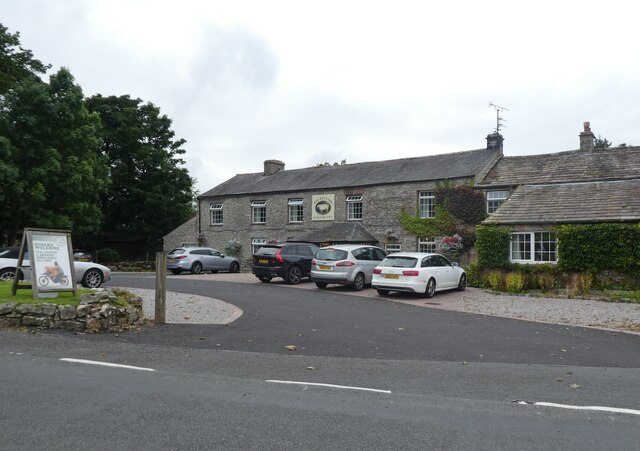
Cook Mire, located in Westmorland, is a coastal marsh and saltings area renowned for its unique ecological features. Situated on the northwestern coast of England, this expansive wetland covers an area of approximately 500 acres and is a designated Site of Special Scientific Interest (SSSI) due to its diverse flora and fauna.
The marshland of Cook Mire is characterized by its rich peat soil, which is constantly saturated with water from nearby estuaries and the sea. This creates a perfect habitat for a wide range of plant species, including saltmarsh grasses, sea lavender, and thrift. These plants not only provide a stunning display of color, but they also play a crucial role in stabilizing the soil and preventing coastal erosion.
The saltings of Cook Mire are particularly noteworthy, as they are home to a variety of salt-tolerant plants and wildlife. Common sightings include wading birds such as redshanks, curlews, and oystercatchers, which feed on the abundant invertebrates that inhabit the mudflats. Additionally, the marshlands attract numerous species of waterfowl, including teal and shelducks, especially during the winter months.
Visitors to Cook Mire can explore the area via a network of footpaths and observation points, allowing them to observe the diverse wildlife in their natural habitat. The wetland also offers breathtaking panoramic views of the surrounding coastline and the nearby Lake District National Park.
Due to its ecological importance, Cook Mire is subject to conservation efforts and strict regulations to ensure the preservation of its unique ecosystem.
If you have any feedback on the listing, please let us know in the comments section below.
Cook Mire Images
Images are sourced within 2km of 54.419952/-2.3878086 or Grid Reference NY7402. Thanks to Geograph Open Source API. All images are credited.
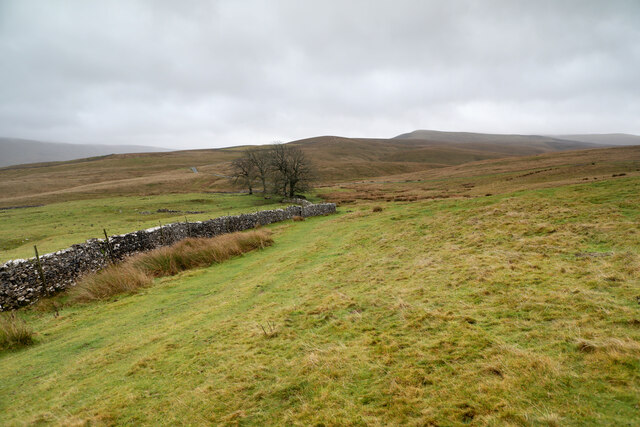
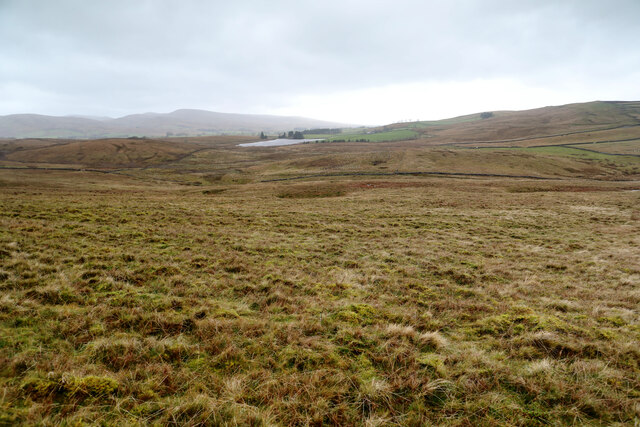
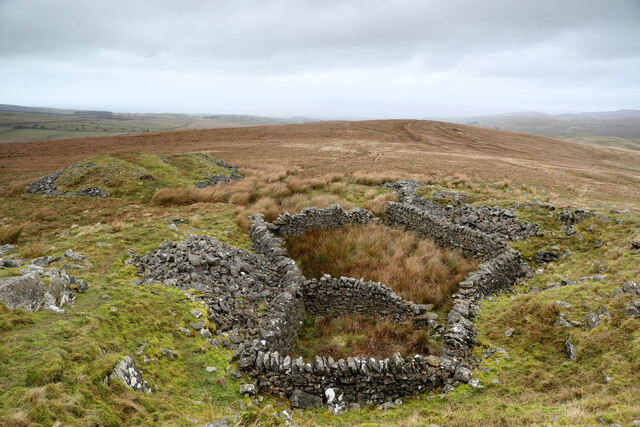
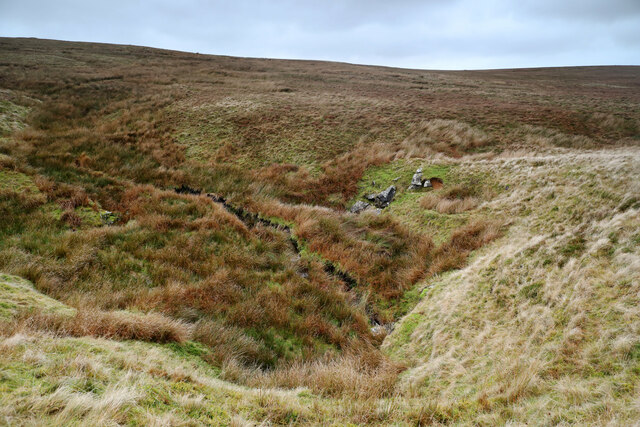
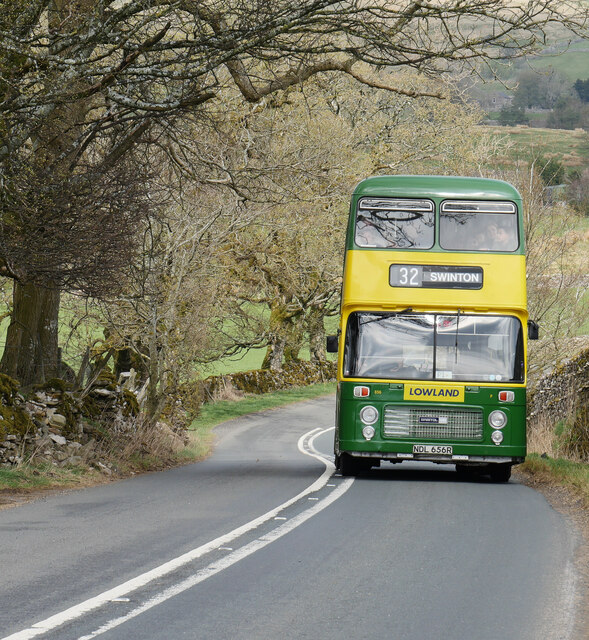
Cook Mire is located at Grid Ref: NY7402 (Lat: 54.419952, Lng: -2.3878086)
Administrative County: Cumbria
District: Eden
Police Authority: Cumbria
What 3 Words
///fractions.opponent.jumped. Near Kirkby Stephen, Cumbria
Nearby Locations
Related Wikis
Ravenstonedale
Ravenstonedale is a village and large civil parish in Cumbria, on the watershed between the River Lune and River Eden. The village lies 4 miles (6 km)...
Ravenstonedale Priory
Ravenstonedale Priory was a Gilbertine priory in Cumbria, England. It was founded in the reign of Henry II, when Torphin, son of Robert, son of Copsus...
St Oswald's Church, Ravenstonedale
St Oswald's Church is in the village of Ravenstonedale, Cumbria, England. It is an active Anglican parish church in the deanery of Appleby, the archdeaconry...
Pendragon Castle
Pendragon Castle is a ruin located in Mallerstang Dale, Cumbria, south of Kirkby Stephen, and close to the hamlet of Outhgill (at grid reference NY781025...
Mallerstang
Mallerstang is a civil parish in the extreme east of Cumbria, and, geographically, a dale at the head of the upper Eden Valley. Originally part of Westmorland...
Outhgill
Outhgill is a hamlet in Mallerstang, Cumbria, England. It lies about 5 miles (8 km) south of Kirkby Stephen. It is the main hamlet in the dale of Mallerstang...
Wharton Hall
Wharton Hall in Wharton, Cumbria, England, is a medieval fortified manor house. == History == At the heart of Wharton Hall is a 15th-century hall, built...
Kirkby Stephen railway station
Kirkby Stephen is a railway station in Eden in Cumbria, England, on the Settle and Carlisle Line, which runs between Carlisle and Leeds via Settle. The...
Nearby Amenities
Located within 500m of 54.419952,-2.3878086Have you been to Cook Mire?
Leave your review of Cook Mire below (or comments, questions and feedback).
